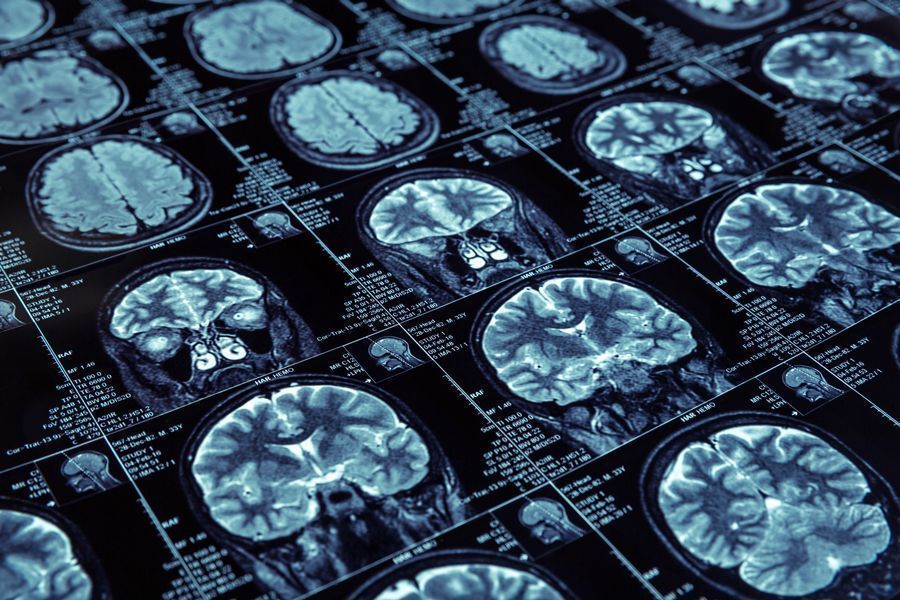HealthManagement, Volume 21 - Issue 2, 2021
Healthcare is known for its slow pace of change, but the pandemic has its own, much faster one. Leaders are compelled to deal with novel solutions, processes and skills. However, numerous gaps and discrepancies still exist and must be addressed. HealthManagement.org asked healthcare experts what has been the most challenging experience of introducing something new in their practice and why.

Head of Diagnostic Imaging | Hospital Clínic of Barcelona | University of Barcelona | Spain | HealthManagement.org Editor-in-Chief, Imaging
Possibly the most interesting challenge has been the process of modifying our leadership ‘style’. During the COVID-19 pandemic, we have all been under immense pressure to manage high patient flow, ensure the safety of healthcare staff, patients and families, and deliver quality care. In this situation, the role of leadership has been crucial, and empathy, flexibility, generosity, and the use of a multidisciplinary approach a must. We have been able to meet the immense challenges of this crisis by empowering the Department members.
I believe that the COVID-19 era has exposed the areas that we need to improve upon in healthcare. At the same time, it has also highlighted the crucial role of leadership and how healthcare leaders need to promote collaboration. Several aspects have to be considered as we change for the better: improving the way we communicate, ensuring the well-being of healthcare staff, encouraging professional development and prioritising and improving healthcare leadership. COVID-19 has shown us that we are all interconnected and interdependent on each other. The current healthcare models need to be transformed, and we need engaged leadership, a team-oriented approach and greater collaboration across key institutions and healthcare partners – both locally and internationally.
Department Head and Chair of Cardiology | Westgerman Heart and Vascular Center | University Hospital Essen | Germany | Healthmanagement.org Editor-in-Chief, Cardiology
Cardiovascular disease is one of the leading causes of death worldwide. However, during the pandemic, our biggest challenge has been the need to learn how to continue providing care to patients with cardiovascular disease amid the restrictions of the COVID-19 era. The provision of cardiac services has suffered as we have all had to shift our focus to manage the surge of patients with COVID-19. Also, patients with cardiovascular disorders or those who might be at high risk have been reluctant to seek medical help during this crisis.
Hence, for us, the biggest challenge has been to ensure we continue to diagnose, treat and manage cardiology patients. In this field, clinicians have had to adopt new methods of care delivery, including telephone and video-assisted consultations and determining which procedures are urgent and which are non-urgent. Another major challenge has been dealing with the fact that patients with pre-existing cardiovascular diseases are at a higher risk of complications from a COVID-19 infection. We’ve had to manage all this while adopting virtual care models, redeploying staff, rescheduling procedures and ensuring the health and safety of our staff and patients.
CIO | TopDoctors | Spain | Founder | Idonia Medical Image Exchange | Spain
We have been helping medical centres and practices to facilitate the exchange of medical documents and images through our cloud-based platform.
The main challenge has been the security and data privacy concerns when using the cloud. It is a maturation process that may occur, and most centres are making steps forward, but some still think it’s not fully secure.
Replacing a tangible CD to deliver an MRI or CT scan study with a simple link is very well-received by patients since they avoid unnecessary queues and visits to hospitals. It also facilitates exchange between hospitals for referral and second opinion. Oncology patients are also benefiting from these kinds of tools when medical tests and documents must be exchanged.
In other words, professionals and patients see the value, therefore managers need to embrace those workflows and technologies that facilitate the exchange of medical records.
Specialist in Radiology | Musculoskeletal Imaging Unit | Radiology Department | University Hospital of A Coruña | Spain
No radiologists? No changes! The nerd-like stereotype about radiologists lacks a key element: our ability to adapt to changes. We, medical imaging specialists, live in a historically incessant metamorphosis.
I have experienced many transformations in radiology. The introduction of PACS may have been the greatest revolution to me. Digitalisation in Radiology meant a kind of ‘democratisation’ of cutting-edge imaging diagnostic techniques, which were initially in the hands of a privileged few. Hospital Radiology Departments reorganisation by subspecialty (neuroradiology, musculoskeletal radiology, etc.) instead of by technique (ultrasound, CT, MRI, etc.) represented another extraordinary shift, making it easier for radiologists to better address the imaging requests of patients and referral specialists. These changes, which led to essential advances in diagnostic radiology, were welcomed with enthusiasm by most radiologists. I only met a handful of radiologists reluctant to these innovations.
Historically, radiologists developed imaging techniques and imaging-guided procedures subsequently utilised by other specialists. Seeing other specialists ‘colonising’ your previously exclusive field of action is sometimes not easy to accept, but collaboration with other specialists, especially regarding interventional radiology techniques, is another acknowledged change.
Maybe the worst challenge we face up to is the increase in the workload and complexity of radiologists’ work, reimbursements getting smaller and smaller at the same time. The radiologist is known to be one of the most burned-out medical specialists. Therefore, we largely embrace the stealthy gradual addition of much-needed artificial intelligence, especially to tedious tasks, such as measurements.
The adaptability of radiology departments is being put to the test during the current COVID-19 pandemic. We are making changes in our practice based on new evidence and guidelines. We have learned to improve the handling of these patients’ workflow without delaying the care of the rest of our patients. One of the enduring changes that the pandemic will bring is the absolute take-off of teleradiology.
Therefore, the most striking challenge a radiologist could undergo is the absence of change. This is the reason why radiologists are the true leaders of the healthcare digital transformation.
2020 was our 50th anniversary. As a milestone year, we planned to launch new innovative solutions in our healthcare IT system as part of our digital transformation. Some of these included enabling patients’ access to their health records through a new patient portal in a newly implemented electronic medical record system.
As the impact of the COVID-19 pandemic increased worldwide, it became necessary to accelerate several projects we had planned with significant resource constraints.
We had to prioritise our virtual care platform, which was at the beta stage, to address the immediate need of consulting with patients remotely, and this required speed, agility and much coordination.
The result was a functional solution that did the job. However, the user experience was convoluted and frustrating. Despite all the dedication and hard work, our most challenging experience of innovation was acknowledging that the solution did not meet our standards and we needed to rework the solution.
We engaged our users by asking difficult questions, and we had to humble ourselves, receive the feedback and move on.
I believe that facing the reality of our situation, letting go of our original plans and adapting in the midst of crises, whilst keeping the users in mind was an important lesson for us.
Senior Expert in Health Management, Innovation and Education | Head and Coordinator | Task Force Care Home, Bavaria | Germany | Founding Member | Digital Health Campus | Germany
Since March 2020, the COVID-19 pandemic has turned the world upside down. It has been a threat for many people, and especially the most vulnerable ones, such as the elderly living in long-term care facilities (LTCFs). As soon as the pandemic started, I volunteered to make a contribution to battle this danger. Due to my background and long experience in the innovation space and the health sector, I knew that I could offer some help. This soon led me into the position to help setting up the Task Force Care Homes in Bavaria, which I currently lead. The most challenging has been to know that we were constantly running against the time, and being too slow could cost lives despite the facts we already knew. We knew, for instance, that we needed to bundle forces to be able to overcome the danger until the vaccination programme started. We also knew that we needed a) a legal and management structure that allows for having the right principles in place, b) the right experts being able to advise the LTCFs what to do in terms of hygiene and other protection measures, and c) have the data available for knowing where to help fast. However, knowing alone was only part of the solution as we needed to make sure that we offer our support where it was needed. Thanks to the agility, an open mindset and the shared goal of the team, and the support of our decision-makers, we have been trying as hard as we could to come ahead of the situation, and hopefully, we can draw lessons that will make us and others even faster in the future.








